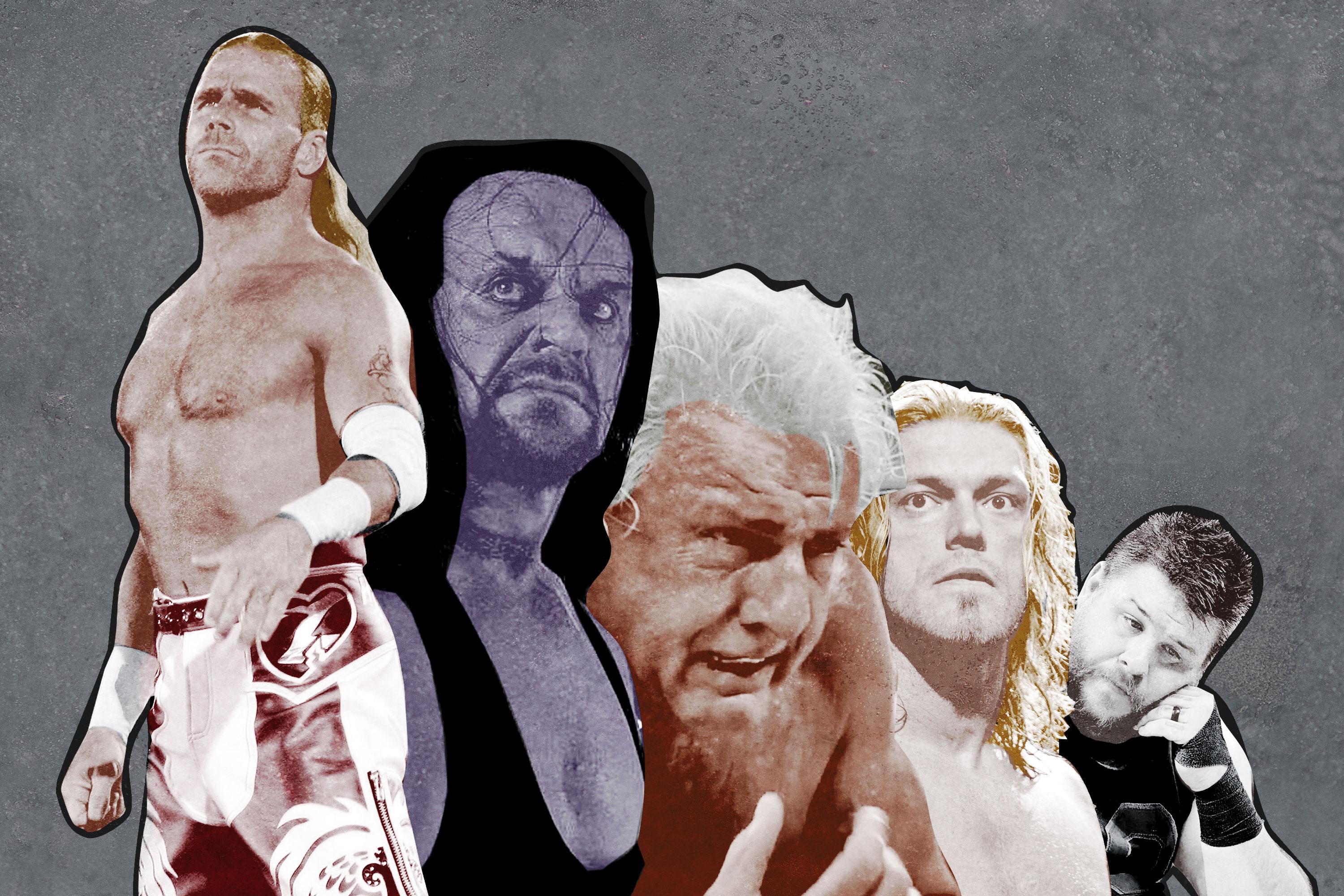
The writing was pretty much on the wall that Shawn Michaels would come back for at least one more match the moment he started taking bumps on Raw last week, let alone absorbing further abuse at Super Show-Down. This past Monday, the inevitable was confirmed, and HBK will step into the ring for the first time since Undertaker “retired” him in 2010. The showstopping main event will be a tag-team match at Crown Jewel in Saudi Arabia on November 2, pitting a reformed D-Generation X tandem of Michaels and Triple H (no offense, New Age Outlaws and X-Pac) against their ultimate adversaries (sure, why not?), Undertaker and his brother in destruction, Kane.
These four men come in at a combined age of 206, making them narrowly eligible in years lived to compete in WWE’s cruiserweight division on 205 Live. The question is, can Michaels still put on the kind of performance that inspired generations of high flyers and heavyweights alike? Plus, will he forego the cowpoke hat and concealing bandanna and show chrome-domed solidarity with Triple H (a striking sight opposite the hairpiece-and-Manic-Panic presentation put forth by Kane and Taker)? There’s a more pressing issue, though, and it’s whether our never-ending desire for “one more match” will always win out. Wrestling retirements are usually either insincere or fully scripted, sure, but Michaels’s in-ring denouement seemed authentically real. Does his unretirement further muddy the meaning of retirement in wrestling, a matter long since convoluted by the likes of Undertaker himself?
We can philosophize all day, but instead, let’s use Crown Jewel’s centerpiece bout as an opportunity to clinically diagnose eight of the most common strains of wrestling retirement, while offering archetypal case studies and assessing the root symptoms — and typical lifespans — of each iteration. Because in wrestling, you may get pinned down, but you almost always kick out.
Story-Line Retirement
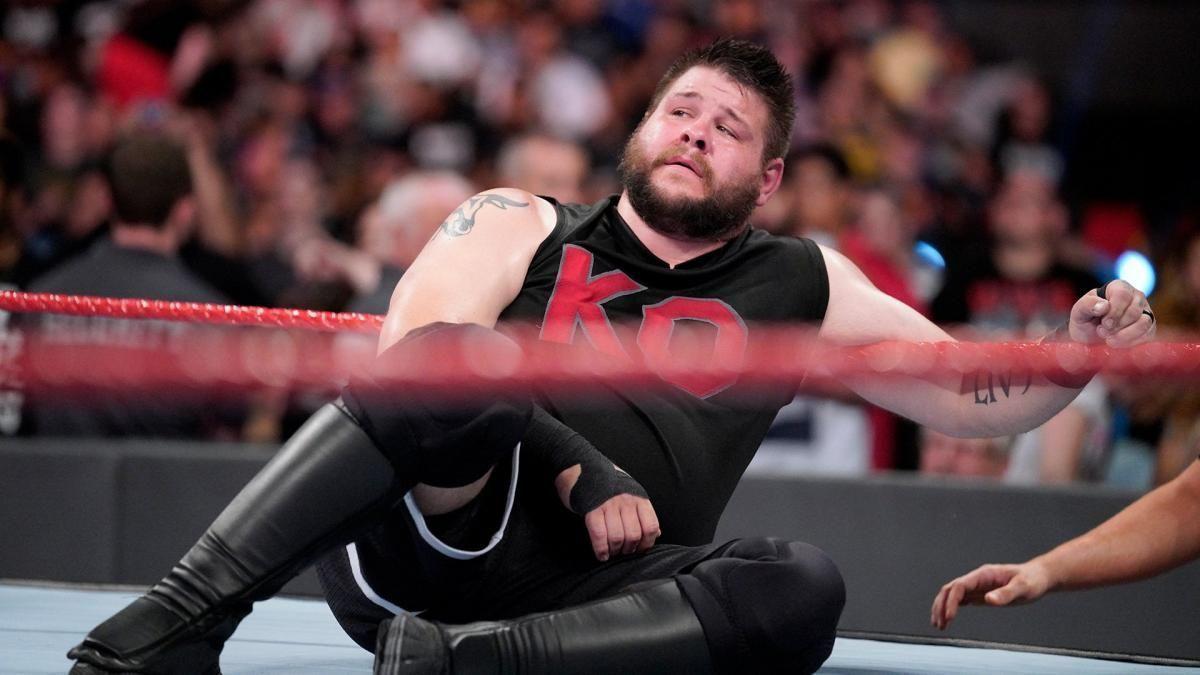
What’s That? When a superstar calls it quits as part of an ongoing narrative, fuel for something new, or as the commencement of time away for either personal reasons or total character repackaging.
Symptoms Include: Abruptly hanging it up in the middle of a career peak despite no discerned health concerns and credible reports of recent contract renewal (see: Kevin Owens circa August 2018); cutting a retirement promo late in one’s career when it feels more anticipated by fans than signaled by the wrestler’s work rate (Mark Henry pulled a good one on John Cena in 2013); or participating in heavily ceremonial “retirement” matches (e.g., HBK, Undertaker, and serial offender Ric Flair), themselves a more sentimental evolution of territorial “Loser Leaves Town” contests and ubiquitous Attitude Era “You’re fired!” stipulations.
Odds of Ultimately Unretiring: 100 percent.
Timeline for Return: Typically anywhere from a few weeks to several months.
Career-Change Retirement
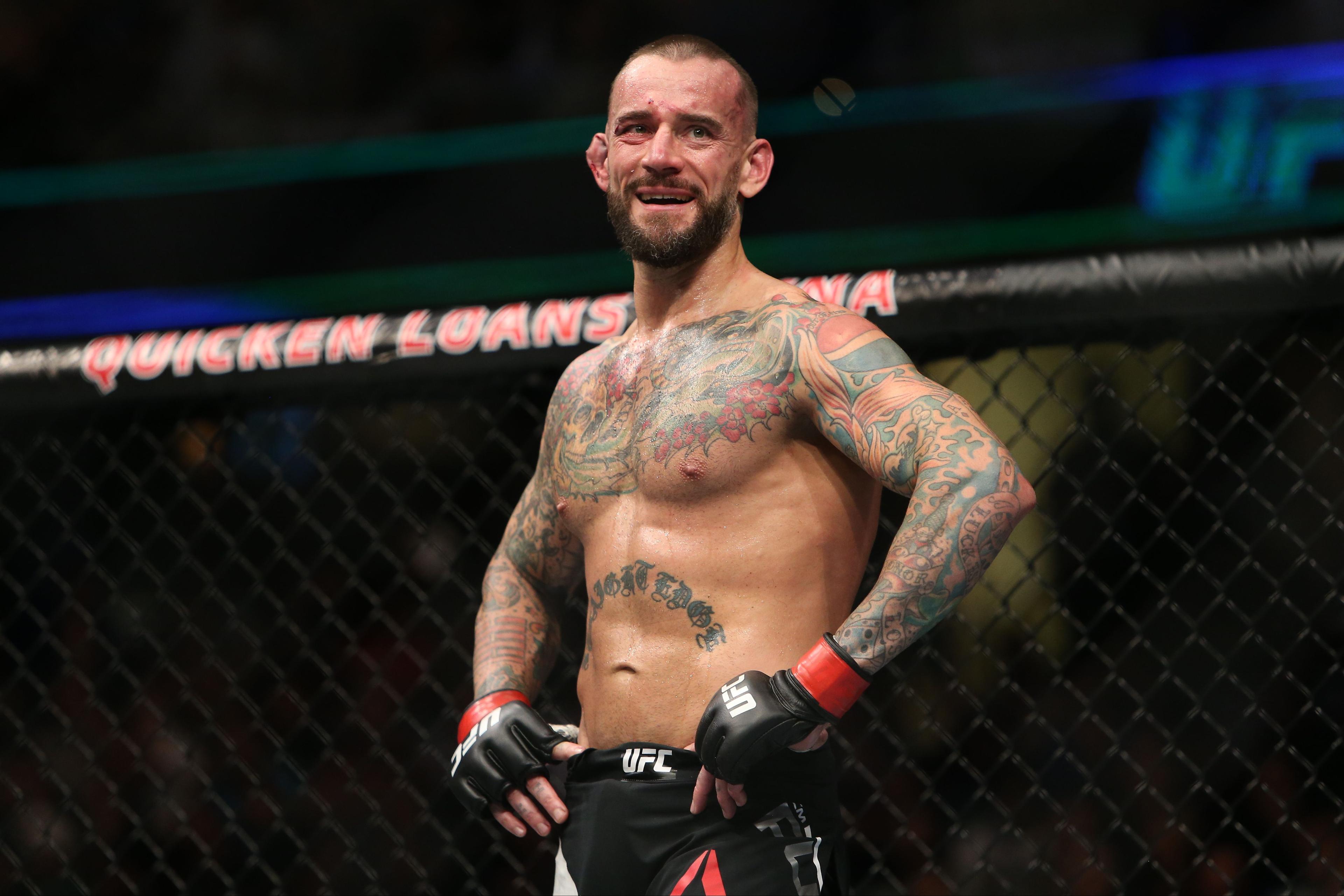
What’s That? When some wise guy or gal gets the big idea that they can sow their oats in some other line of entertainment or athletics, be it either more theatrical, sporting, or broadly personal-brand focused.
Symptoms Include: Conspicuously appearing in Hollywood movies after either bidding the sports-entertainment universe a premature adieu (Roddy Piper and Terry Funk come to mind, though their roles in They Live and Roadhouse, respectively, both gained cult acclaim) or “quitting” the business in a huff a la Batista and his pre–Riddick/Guardians of the Galaxy 2010 tantrum. Also, making it plain both on-screen and off that you’re disenchanted and seeking a different combat sport/life balance (hello, CM Punk) or being utterly transparent that your personal brand is preeminent (ouch, Eva Marie). (Note: Crossover celebs including the Rock, Hulk Hogan, and John Cena do not apply, having never definitively ducked out via either kayfabe contrivance or formal declaration.)
Odds of Ultimately Unretiring: 75 percent.
Timeline for Return: Give it a minimum of a year with an open-ended future.
Injury-Hastened Retirement
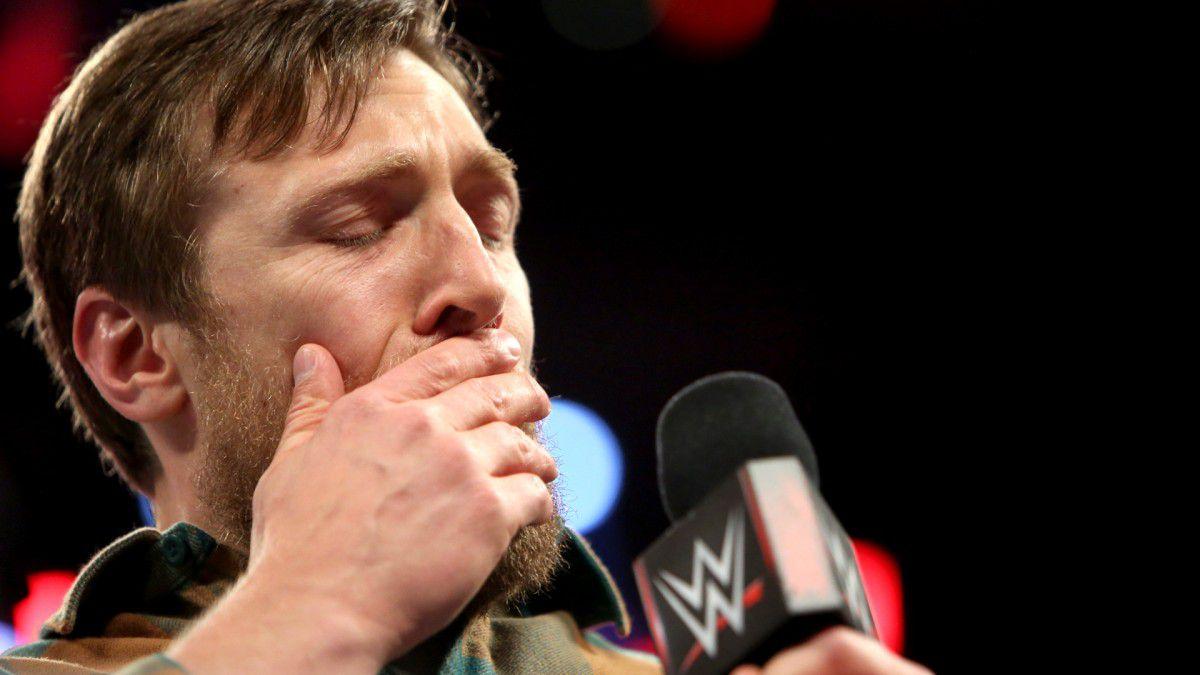
What’s That? Wrestling hurts. And breaks bones and causes concussions and can paralyze and literally kill. Some folks call it a day while the getting is good, either at or against their will.
Symptoms Include: Constantly winding up on an operating table and spending huge chunks of time and income recovering (Daniel Bryan would be Exhibit A); suffering a singular but devastating injury (distinct from something as severe as paralysis, which we will discuss further down) and being drafted out of foreseeable story lines (Paige, who hung it up at only 25 this year, can speak to that); or, as is most accurate for Paige, Edge and his former flame Lita, Rick Rude, the almost-paralyzed Steve Austin, and post-plane-crash Ric Flair, some chicken-or-egg amalgamation of the two.
Odds of Ultimately Unretiring: 40 percent.
Timeline for Return: Bryan really upended norms by coming back this year after being gone from in-ring action since 2015 (not sure Vince McMahon’s make-good with Bret Hart in 2010 really set the precedent). Put the spread anywhere from one to 10 years.
Transition-to-Behind-the-Scenes Retirement
What’s That? Triple H is having his cake and eating it (or Pete Rose-ing it, if you prefer) too, pulling the strings as a corporate exec but still putting himself in the lineup card as a utility performer. But for legion of WWE alumni in particular, backstage work as a producer, booker, or talent developer often beckons as a kind of slow work release from wrestling at large or simply as a second chance for retired foot soldiers floundering without the familiar sights and sounds of life on the road.
Symptoms Include: Constantly appearing at the ringside in a suit and tie to pull feuding nemeses apart (Jamie Noble, Mike Rotunda, and Finlay have heeded the call in recent years, preceded most famously by Pat Patterson and Jerry Brisco, as well as Blackjack Lanza and Chief Jay Strongbow); sitting for numerous, curtain-pulling talking-head interviews for WWE Network programming; or hitting middle age without having been a big enough draw to merit Shawn Michaels–like pageantry upon returning but being too sane to justify the drudgery of indie shows.
Odds of Ultimately Unretiring: 20 percent.
Timeline for Return: As semiactive performer and full-time producer Road Dogg demonstrates, the door can rotate open, but the work will generally be as needed following several years of fomenting nostalgia with a low profile.
Boxing Retirement
What’s That? Take it one of two ways: They’re either bobbing and weaving around a last stand for decades or mirroring the payday-dependent, goodbye/hello whiplash popularized by generations of pro boxers.
Symptoms Include: A proven track record of being utterly bad to one’s word about saying goodbye (Funk, Flair, and Kurt Angle are charter club members) and (often running concurrently) a documented, borderline-pathological sense of obligation to the business and its fans. (Thy name is Mick Foley.) Also, money.
Odds of Ultimately Unretiring: 100 percent.
Timeline for Return: Somewhere between the comeback from a story-line retirement and career change.
Saving-It-for-a-Special-Occasion Retirement
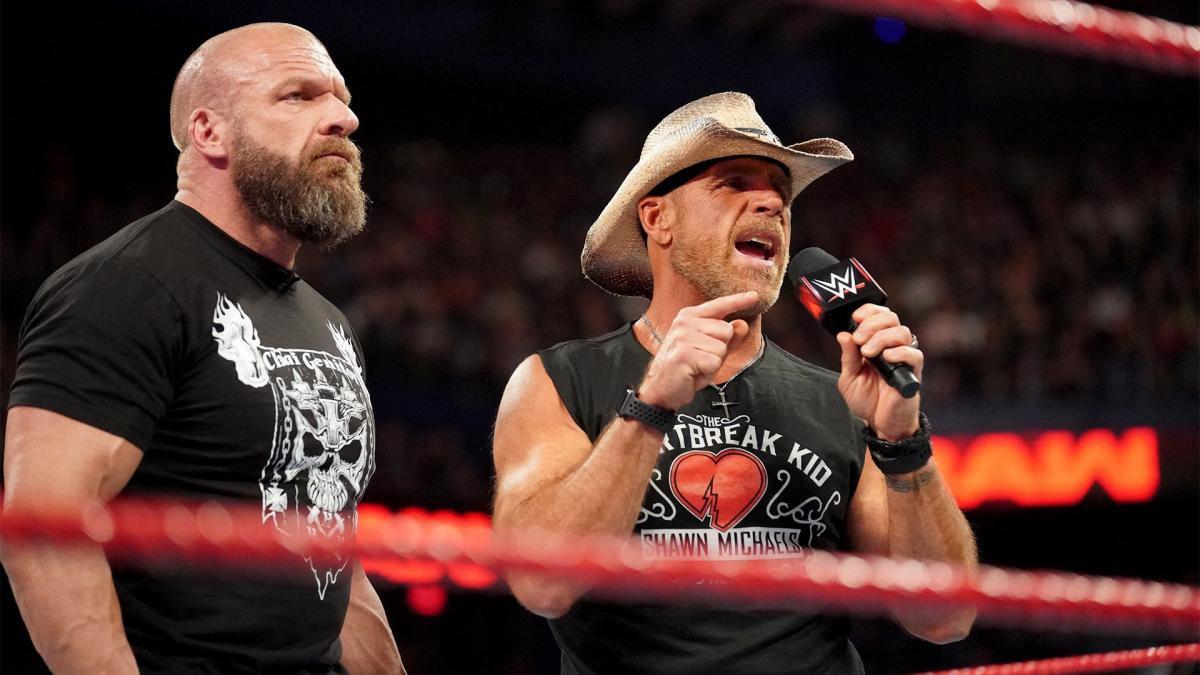
What’s That? A close cousin of the story-line retirement, this is a fairly cynical conceit that hinges on orchestrating a popular performer’s last hurrah as a preamble to his or her eventual, ballyhooed comeback when timing and demand dictate.
Symptoms Include: A highly bankable superstar saying c’est la vie when there’s still money on the table and no indication that he or she’s an entirely enfeebled or scandalized figure (here, Undertaker rises again); stepping back into a less physical on-screen contribution such as Raw or SmackDown general manager or WWF/WWE commissioner, without betraying obvious signs of unrecoverable decrepitude (remember late-’90s WWF commissioner Shawn Michaels?); or departing to focus on myriad endeavors with obvious goodwill among fans and employers in tact (see ya at Evolution, Trish Stratus).
Odds of Ultimately Unretiring: 70 percent.
Timeline for Return: Six months to 15 years.
Outside-Intervention Retirement
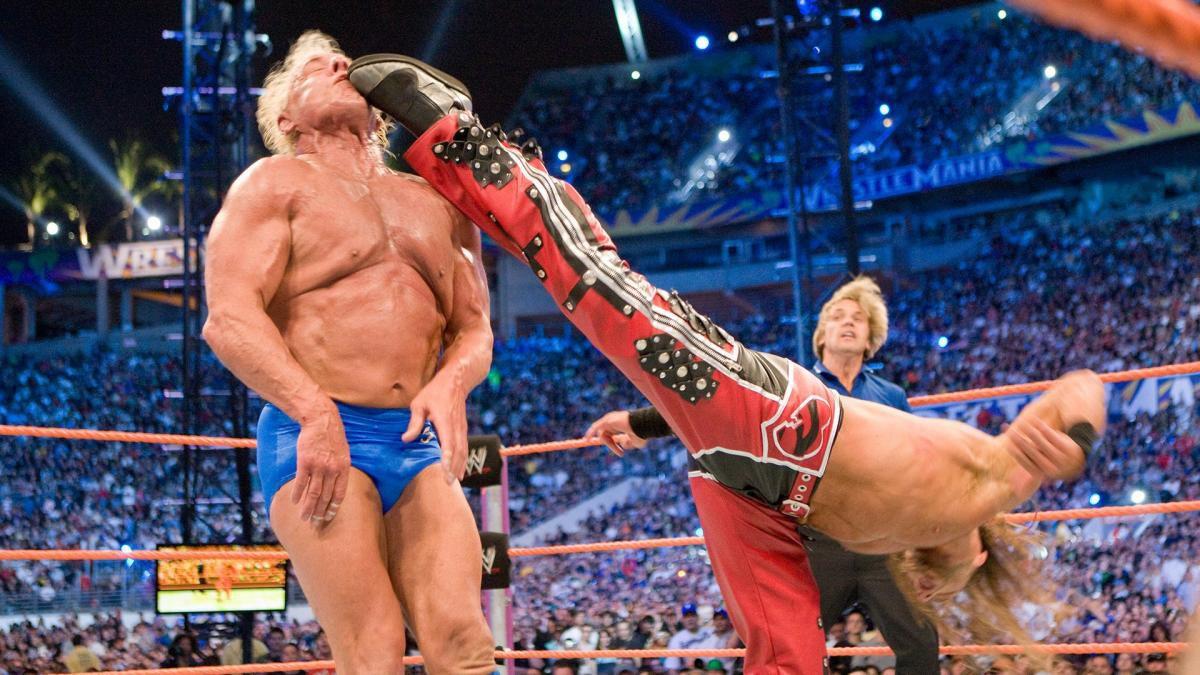
What’s That? When a combination of family, friends, coworkers, and medical professionals finally coerce a stubborn stalwart that jeopardizing his or her own well-being has far-reaching repercussions.
Symptoms Include: Broadly publicized health and/or financial issues overlapping with lamented late-career fifth acts (Flair… echo… echo…); appearing in documentaries on Netflix detailing one’s rise, fall, and tragic impact their career had on their body and their loved ones’ souls (Iron Sheik); or learning yoga from Diamond Dallas Paige (Scott Hall, Jake Roberts).
Odds of Ultimately Unretiring: 10 percent.
Timeline for Return: Hopefully never, save for a gimmick battle royale or two, but everything from relapses to hard-dying habits could mean anywhere from any day to a decade from now.
No-Coming-Back Retirement
What’s That? Putting aside death and its permanent place in any conversation about the deleterious effects of pro wrestling, there is a class of trauma — paralysis, as mentioned earlier, as well as car wrecks and such — from which not even the biggest name or youngest phenom can recoup.
Symptoms Include: Any in-ring-related spinal injury that either disables or threatens to imminently disable a competitor. (Droz, the NFL player turned Attitude Era up-and-comer, was left wheelchair-bound for life after a botched spot with D’Lo Brown in 1999.) Or, as in the case of Magnum T.A., filming a mostly straight-shoot TV interview following a grisly car accident before pivoting to work as a manager/commentator. (T.A. is doing relatively well these days, by the way.)
Odds of Ultimately Unretiring: 0 percent.
Timeline for Return: Sadly, but necessarily, none.